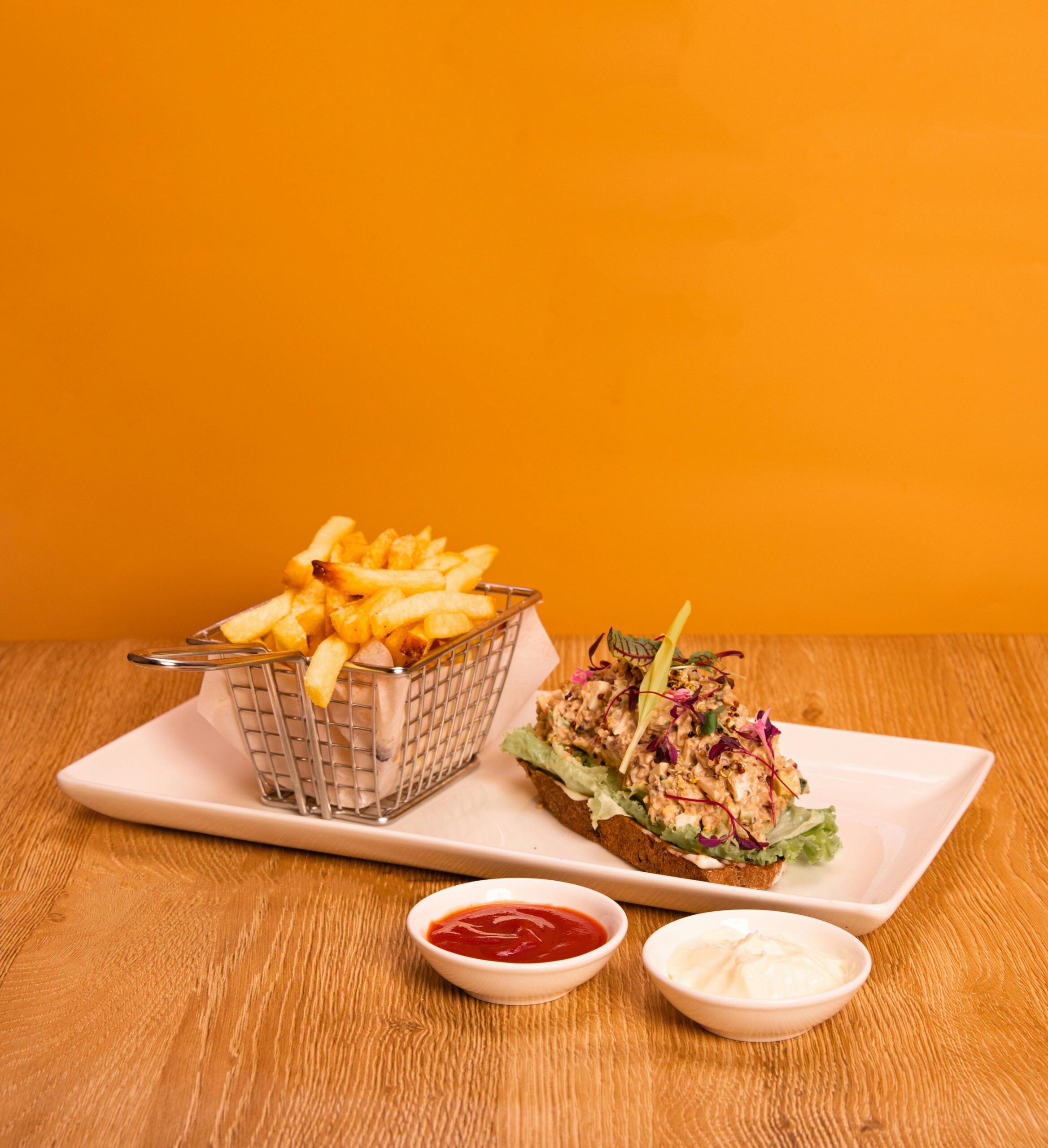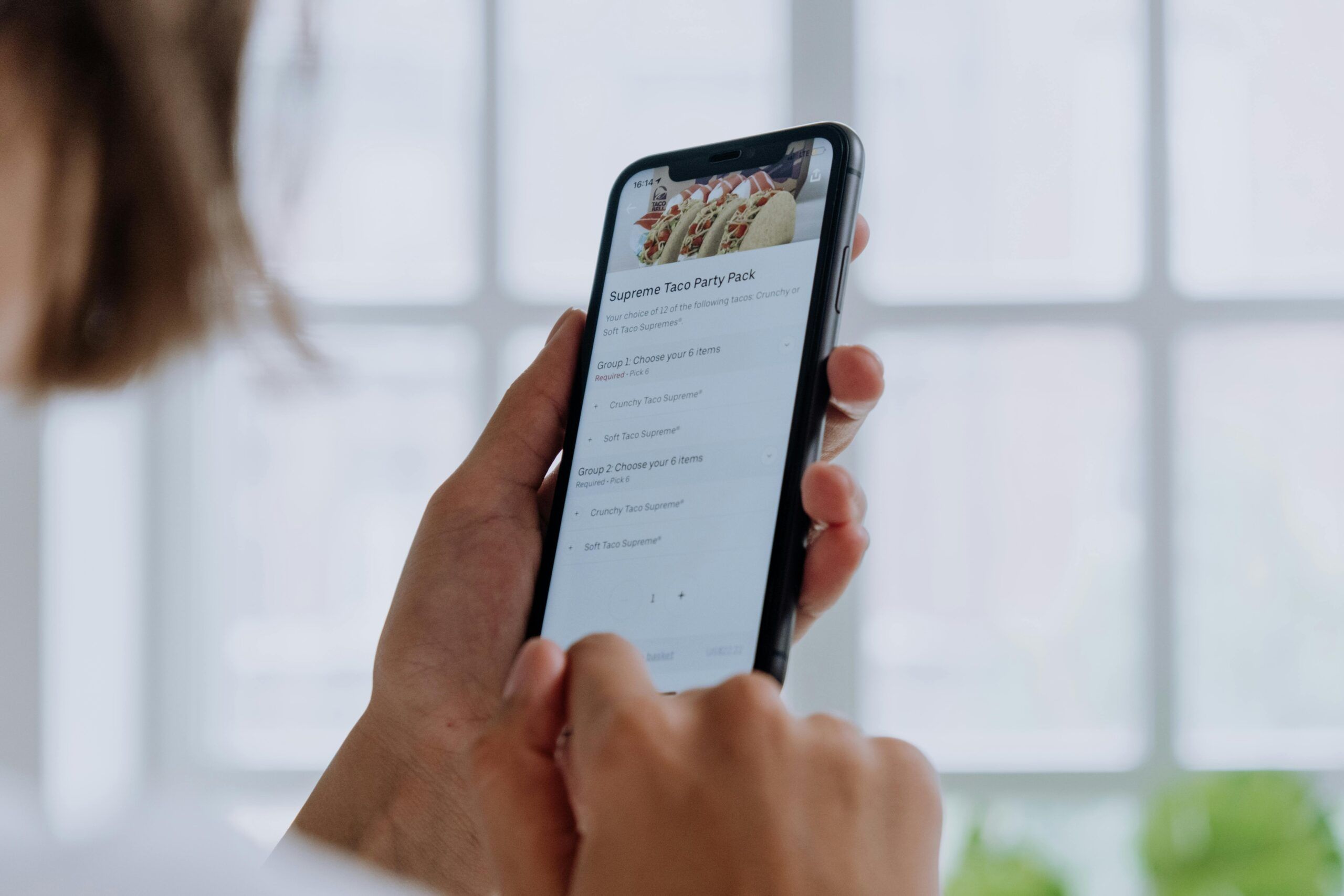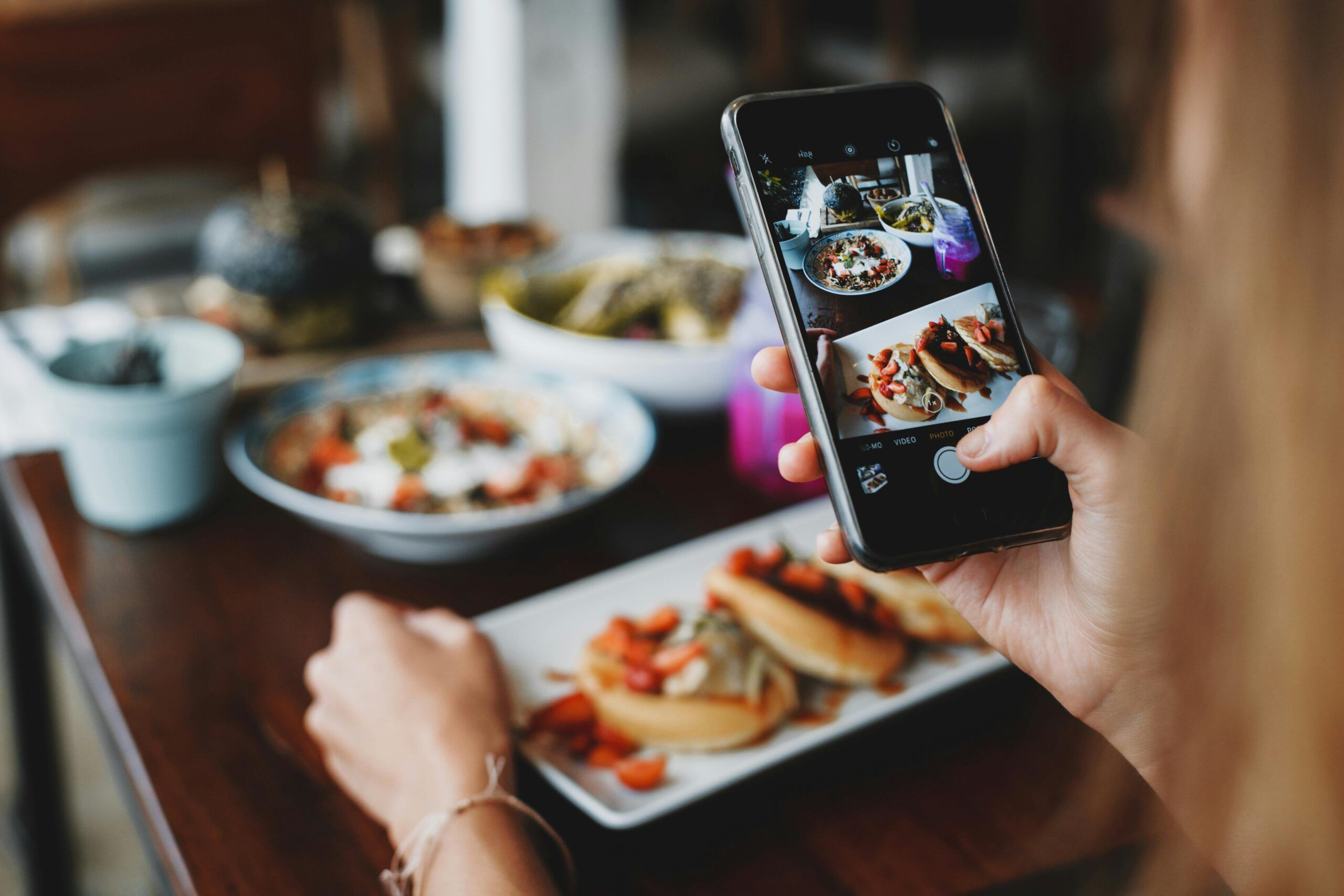- What is Forecasting Important for Restaurants?
- Best Forecasting Tools for Restaurants
- How to Use These Forecasting Tools for Your Marketing Efforts
- Harnessing the Power of Forecasting Tools in Restaurant Marketing
Restaurant forecasting tools take the guesswork out of success.
In the competitive landscape of the restaurant industry, strategic marketing is vital.
Enter the realm of data-driven insights, where these tools emerge as the catalyst for refining your marketing efforts.
Let’s explore how such tools can elevate your marketing strategies and transform your restaurant’s success into a measurable outcome.
What is Forecasting Important for Restaurants?
Here’s why forecasting holds such importance in the restaurant industry:
Demand Planning
- Why it Matters: Accurate forecasts help restaurants anticipate customer demand for specific dishes, allowing for precise inventory management and minimizing the risk of shortages or overstock.
Resource Optimization
- Why it Matters: By predicting peak hours and popular menu items, restaurants can optimize staff schedules, ensuring the correct number of personnel is available during busy periods and avoiding unnecessary costs during slower times.
Menu Development
- Why it Matters: Forecasting enables data-driven menu development. By analyzing historical data and restaurant trends, restaurants can identify top-performing dishes, adapt their menu to customer preferences, and introduce new items likely to resonate with their target audience.
Financial Planning
- Why it Matters: Accurate forecasting supports effective financial planning. Restaurants can better estimate revenue, set realistic budgets, and make informed decisions about investments, marketing campaigns, and cost management.
Promotion Effectiveness
- Why it Matters: Forecasting helps evaluate the impact of marketing promotions and campaigns. Restaurants can assess which promotions drive the most traffic and revenue, allowing for more targeted and successful marketing efforts.
Supply Chain Management
- Why it Matters: Forecasting is integral to supply chain efficiency. By predicting ingredient demand, restaurants can maintain optimal inventory levels, negotiate better supplier deals, and minimize waste.
Customer Experience
- Why it Matters: Accurate forecasting contributes to a smoother customer experience. Restaurants can ensure they are adequately staffed, reduce wait times, and enhance overall service quality, increasing customer satisfaction.
Adaptation to Trends
- Why it Matters: Forecasting helps restaurants stay ahead of industry trends. By analyzing data, restaurants can identify emerging preferences, cuisines, and dietary trends, allowing them to adjust their menu offerings and marketing strategies accordingly.
Waste Reduction
- Why it Matters: Effective forecasting minimizes food waste. By accurately predicting demand, restaurants can order the right ingredients, reducing the likelihood of excess inventory that may go unused.
Operational Efficiency
- Why it Matters: Forecasting enhances overall operational efficiency. From staffing levels to kitchen workflows, having a clear understanding of future demand allows restaurants to streamline processes and allocate resources more effectively.
A game-changer in this pursuit is Orders.co, a platform designed to seamlessly integrate all your delivery apps in one centralized space.
This integration simplifies and streamlines the order management process, offering a host of benefits for enhancing operational efficiency.
Best Forecasting Tools for Restaurants
Selecting the best forecasting tools for restaurants depends on specific business needs, budget considerations, and the complexity of forecasting requirements.
Here are some popular and effective forecasting tools tailored for the restaurant industry:
Avero
- Key Features:
- Real-time sales and labor forecasting.
- Integration with point-of-sale (POS) systems for accurate data input.
- Customizable reports and dashboards.
BlueCart
- Key Features:
- Demand forecasting for inventory management.
- Supplier collaboration tools.
- Order automation to streamline the procurement process.
7shifts
- Key Features:
- Employee scheduling with demand forecasting.
- Labor cost tracking and optimization.
- Mobile app for real-time schedule adjustments.
MarketMan
- Key Features:
- Inventory forecasting to prevent overstock or shortages.
- Supplier management and order automation.
- Integration with accounting and POS systems.
Revel Systems
- Key Features:
- Point-of-sale analytics for restaurant sales forecasting.
- Inventory management and reporting.
- Customer relationship management (CRM) tools.
PeachWorks
- Key Features:
- Forecasting restaurant sales and budget forecasting.
- Inventory management and recipe costing.
- Labor scheduling and optimization.
Toast
- Key Features:
- Forecasting sales and revenue forecasting.
- Inventory tracking and reporting.
- Employee management tools, including scheduling and performance tracking.
Restaurant365
- Key Features:
- Financial forecasting and budgeting.
- Integration with POS and accounting systems.
- Inventory control and recipe costing.
CrunchTime!
- Key Features:
- Sales forecasting and analysis.
- Inventory management with real-time tracking.
- Labor optimization and scheduling tools.
Before selecting a forecasting tool, restaurant owners and managers need to assess their specific needs, consider the scale of their operations, and evaluate the tool’s compatibility with existing systems.
Your Inbox, Your Rules!
Tailor your newsletter with the topics you're most interested in.
How to Use These Forecasting Tools for Your Marketing Efforts
Effectively leveraging forecasting tools for marketing efforts in a restaurant requires a strategic approach.
Here’s a step-by-step guide:
Data Integration
- Connect with POS Systems: Integrate the forecasting tool with your point-of-sale (POS) system to ensure accurate and real-time sales data input.
- Sync with Inventory Systems: If applicable, sync the tool with your inventory management system to align marketing efforts with current stock levels.
Sales Forecasting
- Analyze Historic Sales Data: Use the forecasting tool to analyze historical sales data and identify patterns, seasonality, and trends.
- Predict Future Sales: Leverage the forecasting tool to predict future sales based on historical performance, considering factors like day of the week, time of day, and special events.
Menu Optimization
- Identify Top-Performing Dishes: Use forecasting insights to identify the most popular and profitable menu items.
- Promote High-Margin Items: Strategically market and promote high-margin dishes during peak demand times.
Promotion Timing
- Identify Peak Hours: Utilize the forecasting tool to identify peak hours and days of the week.
- Time Promotions Accordingly: Schedule marketing promotions and campaigns during off-peak hours to drive traffic during slower periods.
Customer Targeting
- Segment Customer Data: If your forecasting tool integrates with customer data, segment customers based on preferences, frequency of visits, and spending patterns.
- Personalized Marketing: Tailor marketing campaigns to specific customer segments, offering personalized promotions and incentives.
Inventory Management
- Prevent Overstock or Shortages: Leverage inventory forecasting features to prevent overstocking or shortages of popular ingredients.
- Highlight Limited-Time Offers: Use forecasting insights to create limited-time offers and promotions based on available inventory.
Labor Optimization
- Align Staffing with Demand: Schedule staff based on forecasted demand to optimize labor costs.
- Promote Specials During Peak Hours: Coordinate staff schedules with peak hours when promoting special menu items.
Evaluate Promotion Effectiveness
- Monitor and Analyze Results: After launching marketing promotions, use the tool to monitor results in real time.
- Assess Return on Investment (ROI): Evaluate the effectiveness of promotions by comparing forecasted and actual restaurant sales data.
Continuous Improvement
- Analyze Feedback and Adjust: Collect customer feedback and analyze the performance of marketing initiatives.
- Iterate Marketing Strategies: Based on insights gained, continuously iterate and refine your marketing strategies using the forecasting tool.
Harnessing the Power of Forecasting Tools in Restaurant Marketing
Forecasting tools, equipped with the ability to decipher data patterns and predict customer behavior, empower restaurateurs to optimize resources, enhance customer experiences, and stay ahead of industry trends.
By leveraging these tools, restaurants can transform their marketing strategies into finely tuned orchestrations that resonate with patrons and drive business growth.
The journey to culinary triumph begins with foresight, and forecasting tools provide the compass.



